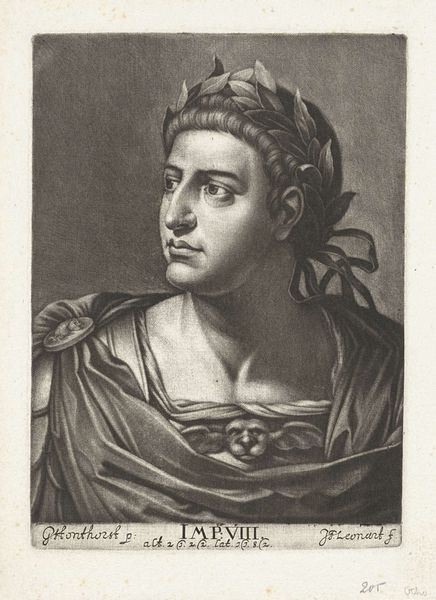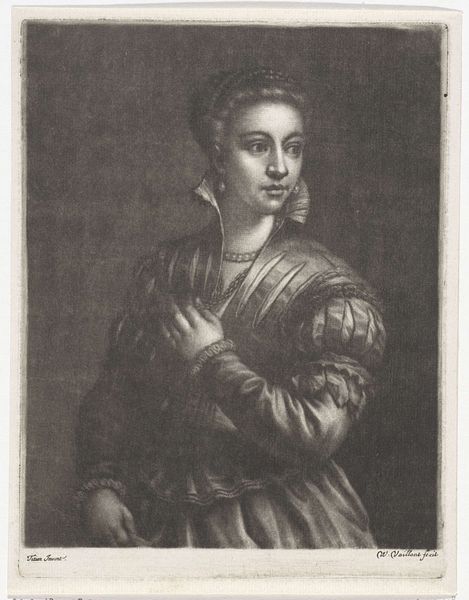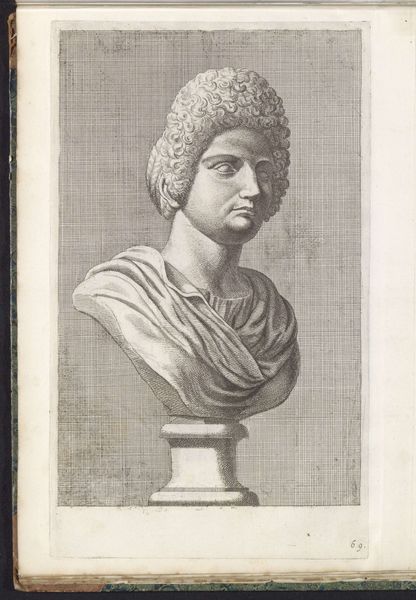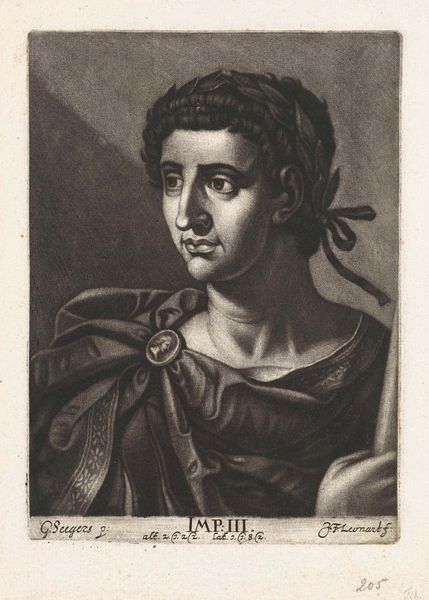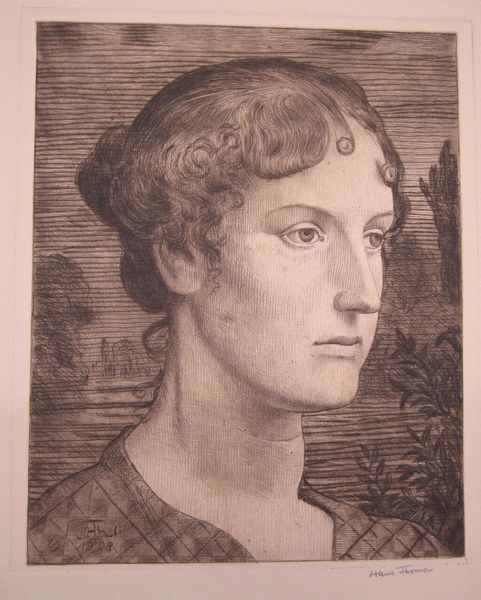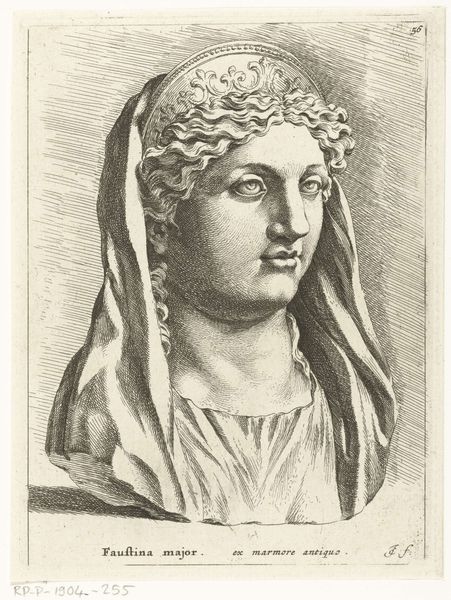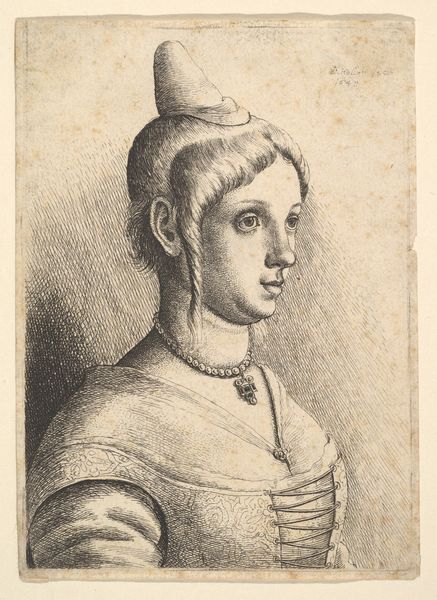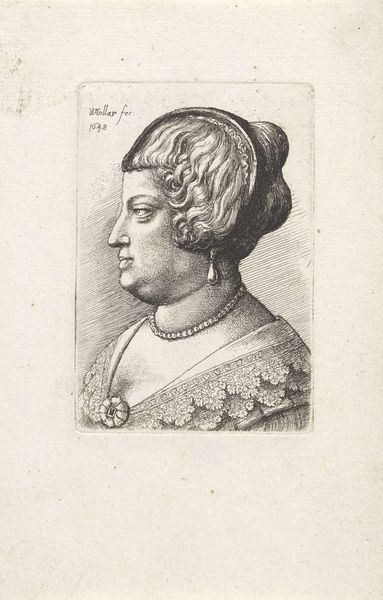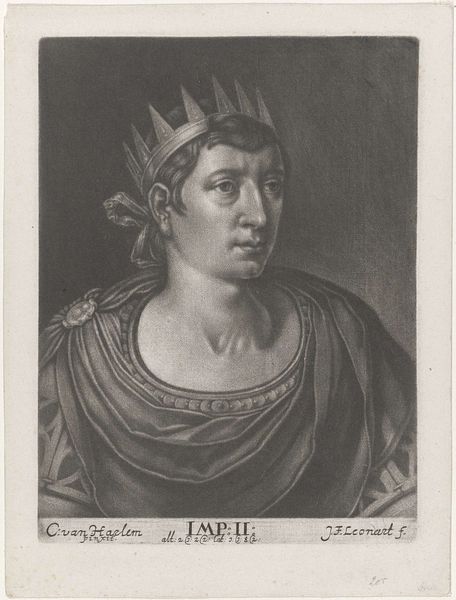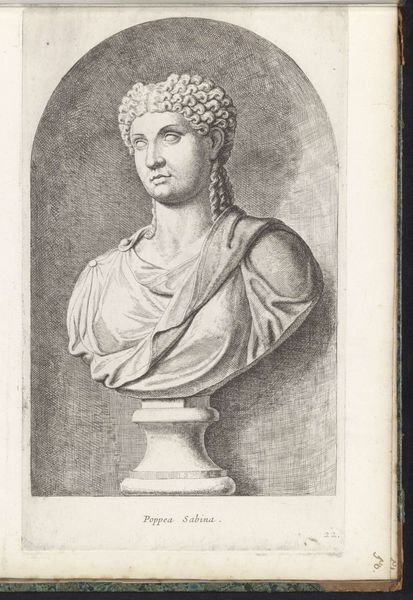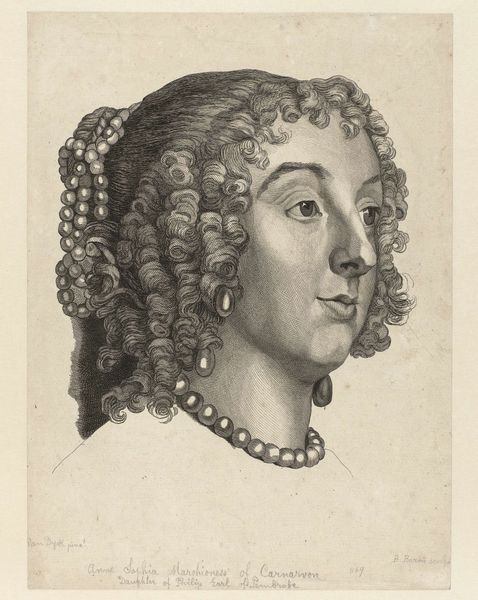
tempera, painting
#
portrait
#
tempera
#
painting
#
lady
#
italian-renaissance
#
realism
Copyright: Public domain
Curator: This is Vittore Carpaccio’s “Portrait of a Lady,” painted around 1485. Carpaccio was, of course, a master of the Venetian Renaissance. Editor: It's immediately striking how serene she appears, isn't it? The composition emphasizes verticality, lending the portrait an air of reserved elegance, despite the absence of vivid color. The gray hue also reinforces the austere, subdued effect of the entire picture. Curator: That perceived austerity can also be seen as strength, wouldn't you agree? I find the portrait incredibly interesting when contextualized with the gender dynamics of the time. Noble women of the Renaissance period, especially those immortalized in portraits like this, were often seen as symbols of their families’ power and prestige. They were essentially trophies who secured family name and lineage through arranged marriages. The neutral face, then, takes on an added layer of depth. Editor: I appreciate your interpretation, and yet my eye goes straight to the detail of the pearl necklace. See how it almost perfectly frames the delicate slope of her neck? The light seems to catch each tiny sphere—almost echoing her refined complexion. The formal, repetitive composition establishes her image as that of someone of high status and importance. Curator: It’s fascinating to note how Carpaccio seems to both confirm and question patriarchal norms in his portrait. He shows the woman in expensive attire and in a composed state befitting her social standing while also allowing a bit of agency to be expressed through her gaze which drifts toward the side—suggesting she may be interested in things beyond this painting. The context informs how we interpret not only the image, but our relationship with its historical implications. Editor: I think, though, we also need to appreciate the tempera as medium—a bold move when oil was rapidly taking hold in that era! The fine application allowed for precise detailing. What this gives us is a picture of reserved elegance that relies on subtle cues within its pictorial design. It creates an echo effect as if whispering across generations. Curator: I agree; examining the portrait through both the lens of its form and sociopolitical conditions enables a fuller, richer, more dynamic understanding. It’s through dialogues like this that art's capacity for insight is unlocked! Editor: Absolutely. There are formal elements here that resonate long beyond any specific history, continuing to speak to us.
Comments
No comments
Be the first to comment and join the conversation on the ultimate creative platform.
